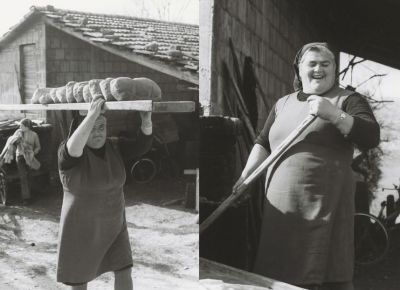The well-known crusty bread of central Italy is made without salt which, for many, enhances the savory tastes of prosciutto and pecorino (sheep’s milk) cheeses, both high in salt content. Why is there no salt in the bread of Umbria, Latium, the Marches, and areas of Tuscany?
Explanations vary from geographical to culinary to historical in nature. The distance from the sea to these regions and consequent difficulty in transport of salt is one theory. Another is the prevalence of salt in the salami, capocollo, prosciutto, sausages, pancetta (bacon), as well as cheeses, all made by rural families of these areas.
The most prevalent theory, without historical foundation, is the 16th - Century Guerra del Sale (“Salt War”) in Perugia, under Papal yoke. Present-day Umbria, the Marches, Latium, Abruzzo, and a part of Emilia Romagna were all Papal States. To increase Papal income, the Farnese Pope Paul III levied a heavy tax on salt. As salt was an essential preservative in foods, it could be eliminated only in bread.
Nowadays, few Umbrian farm women make bread in their outdoor bread ovens as they used to in the 1970’s. Once a week, they would come down the steps leading from the farm kitchen balancing wooden boards topped with loaves of bread on their heads. The outdoor stone bread oven was fired up with kindling and was ready to receive the loaves.
You can still see them outside the farmhouses, perhaps rarely used now for baking breads, though many are used for roasting geese and other meats at times. Whatever its origins, saltless bread is the welcoming taste of Umbria.



